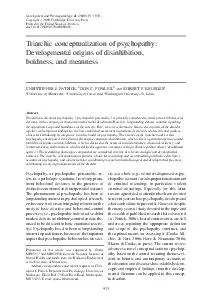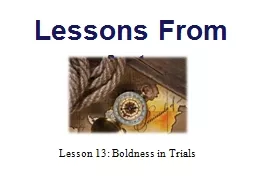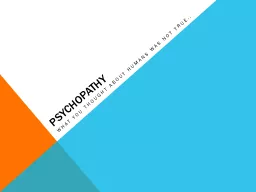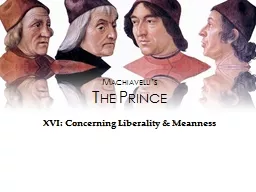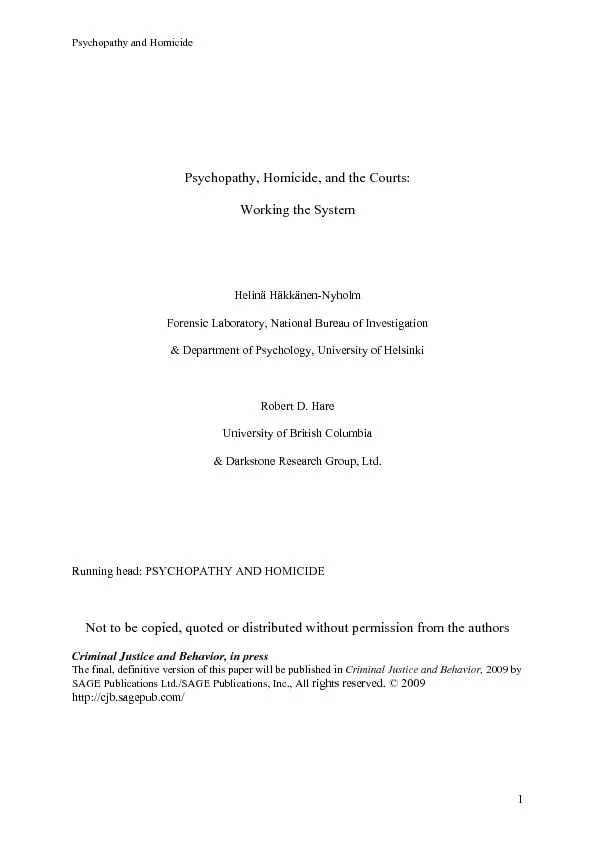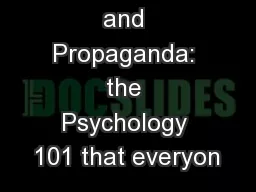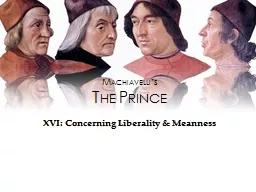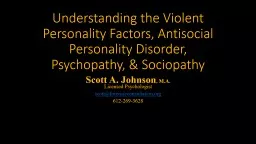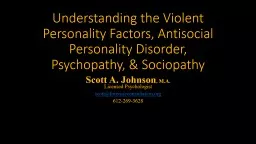PDF-Triarchic conceptualization of psychopathy Developmental origins of disinhibition boldness
Author : celsa-spraggs | Published Date : 2015-02-25
PATRICK DON C FOWLES AND ROBERT F KRUEGER University of Minnesota University of Iowa and Washington UniversitySt Louis Abstract The clinical concept of psychopathy
Presentation Embed Code
Download Presentation
Download Presentation The PPT/PDF document "Triarchic conceptualization of psychopat..." is the property of its rightful owner. Permission is granted to download and print the materials on this website for personal, non-commercial use only, and to display it on your personal computer provided you do not modify the materials and that you retain all copyright notices contained in the materials. By downloading content from our website, you accept the terms of this agreement.
Triarchic conceptualization of psychopathy Developmental origins of disinhibition boldness: Transcript
Download Rules Of Document
"Triarchic conceptualization of psychopathy Developmental origins of disinhibition boldness"The content belongs to its owner. You may download and print it for personal use, without modification, and keep all copyright notices. By downloading, you agree to these terms.
Related Documents

